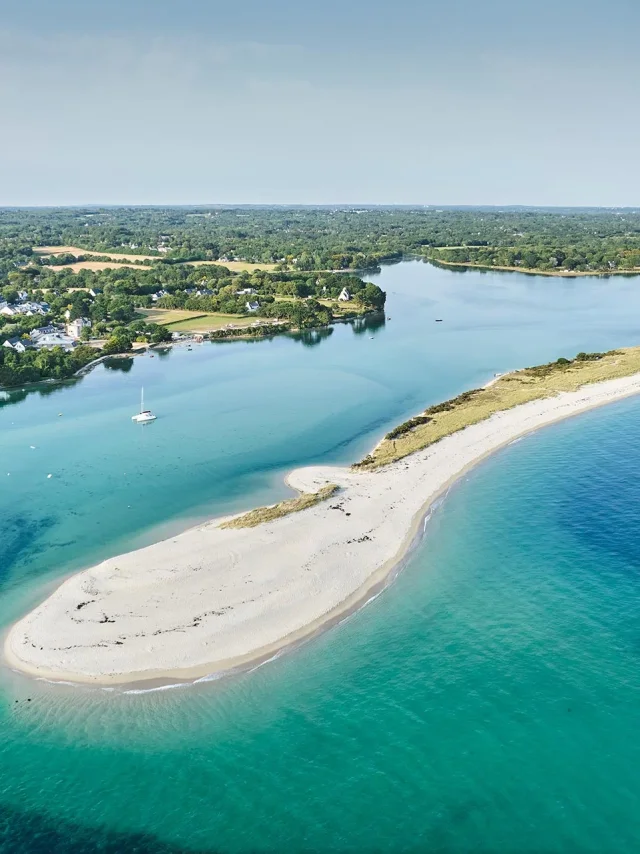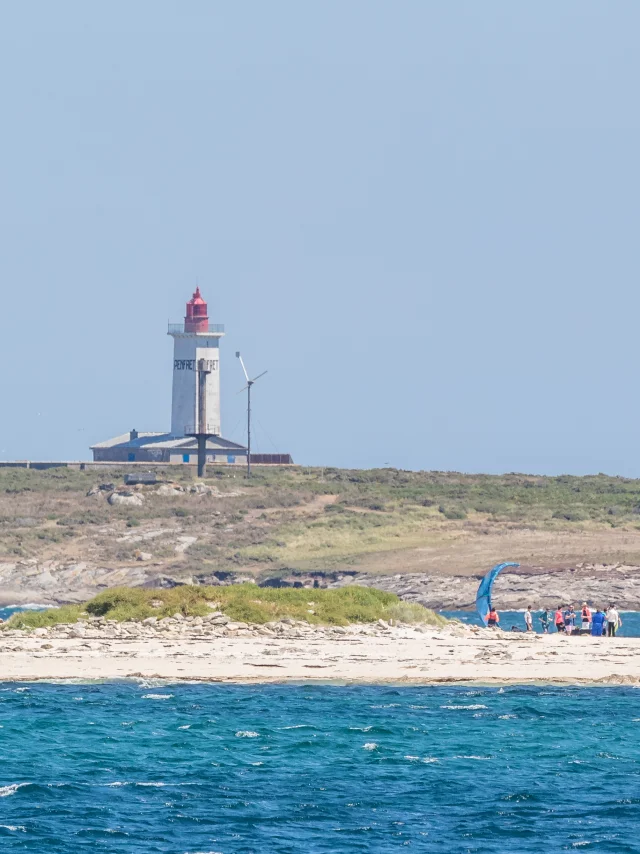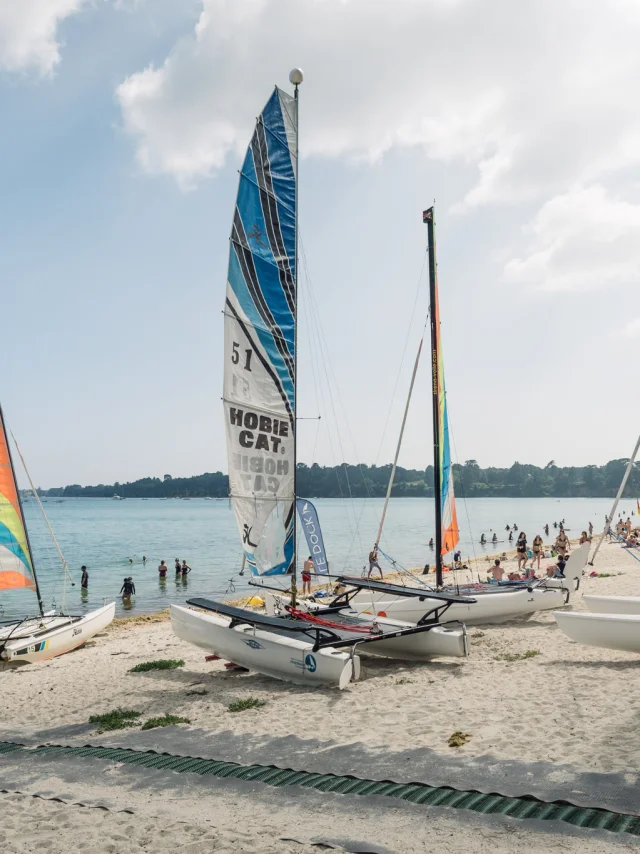A unique archipelago with many faces!
Located around fifteen kilometres off the coast of Fouesnant, the Glénan Archipelago is a Breton jewel known for its crystal-clear waters, white sand and exceptional biodiversity. The Glénan archipelago is famous for its crystal-clear waters, white sand and exceptional biodiversity, and its beauty is unrivalled in Southern Brittany! This little corner of paradise, often compared to tropical lagoons, offers a timeless interlude in the open sea. The water here is the clearest in Brittany! And if the archipelago continues to offer a picture postcard setting worthy of the Caribbean, it’s at the price of a firm commitment to preserving its biodiversity!
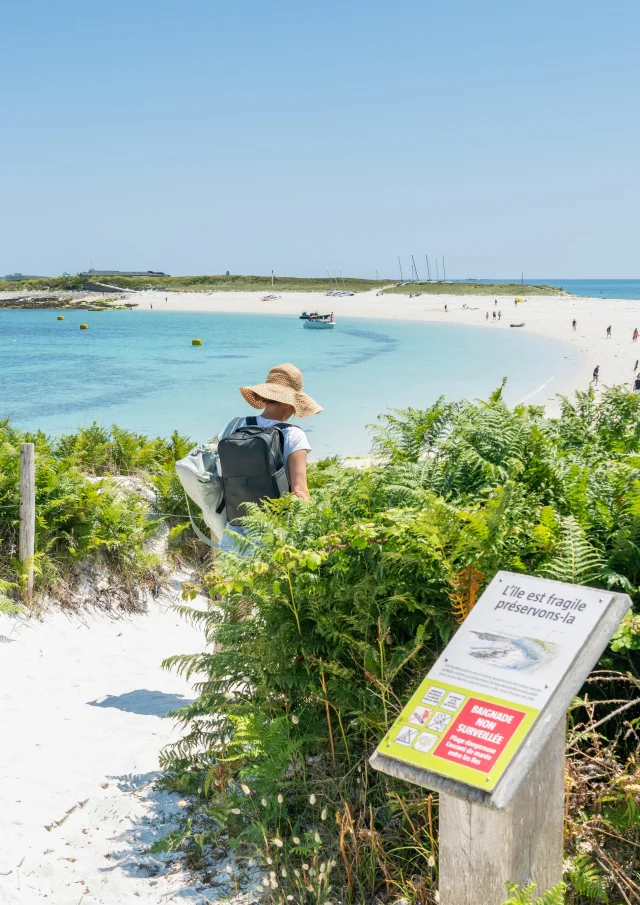 2025 0617 Bretagne Finistere Lesglenan Dsc00509 Rle 1
2025 0617 Bretagne Finistere Lesglenan Dsc00509 Rle 1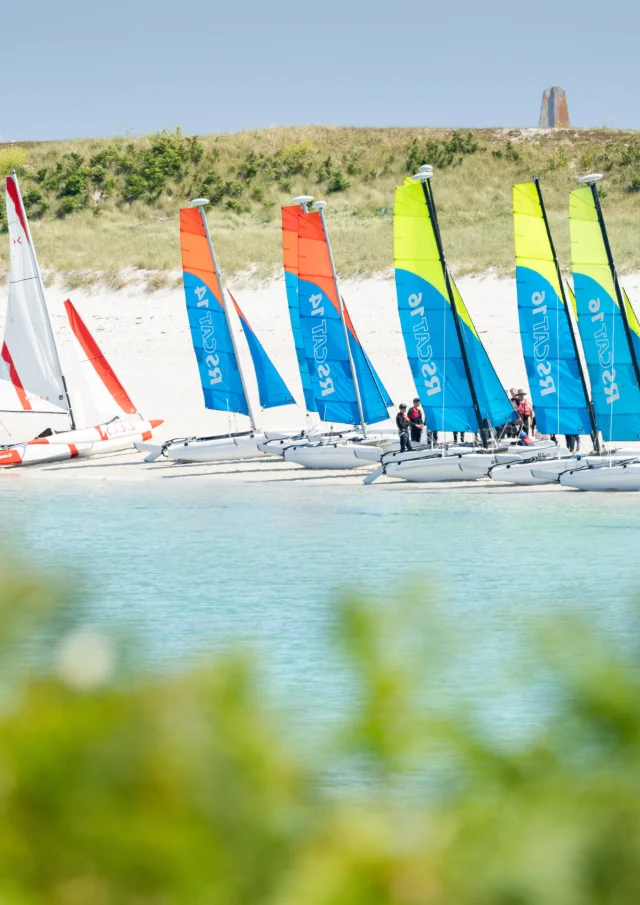 2025 0617 Bretagne Finistere Lesglenan Dsc00826 Rle
2025 0617 Bretagne Finistere Lesglenan Dsc00826 Rle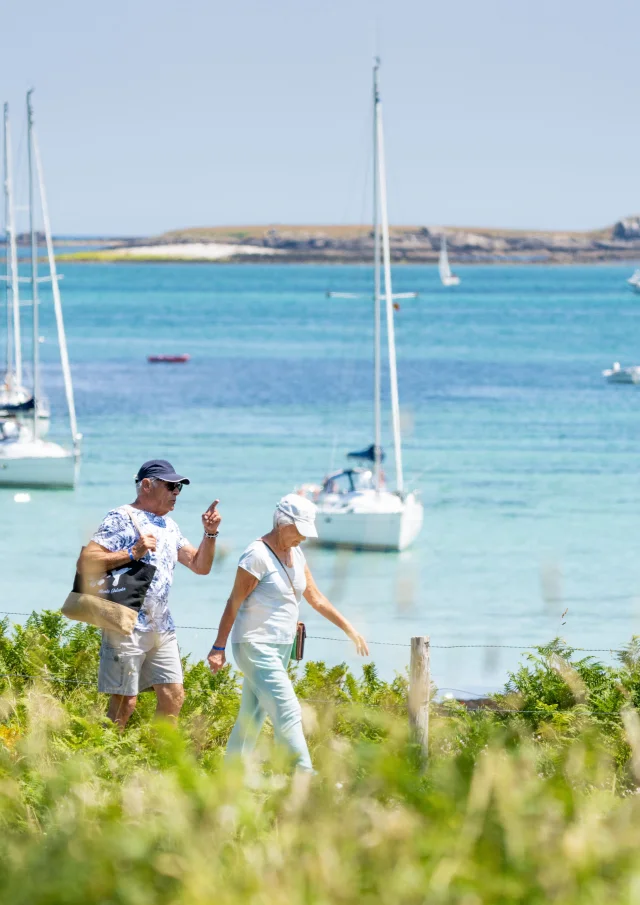 2025 0617 Bretagne Finistere Lesglenan Dsc00703 Rle
2025 0617 Bretagne Finistere Lesglenan Dsc00703 Rle 2022 0715 Bretagne Finistere Glenan Dsc01250 Mri 1 640x640 1
2022 0715 Bretagne Finistere Glenan Dsc01250 Mri 1 640x640 1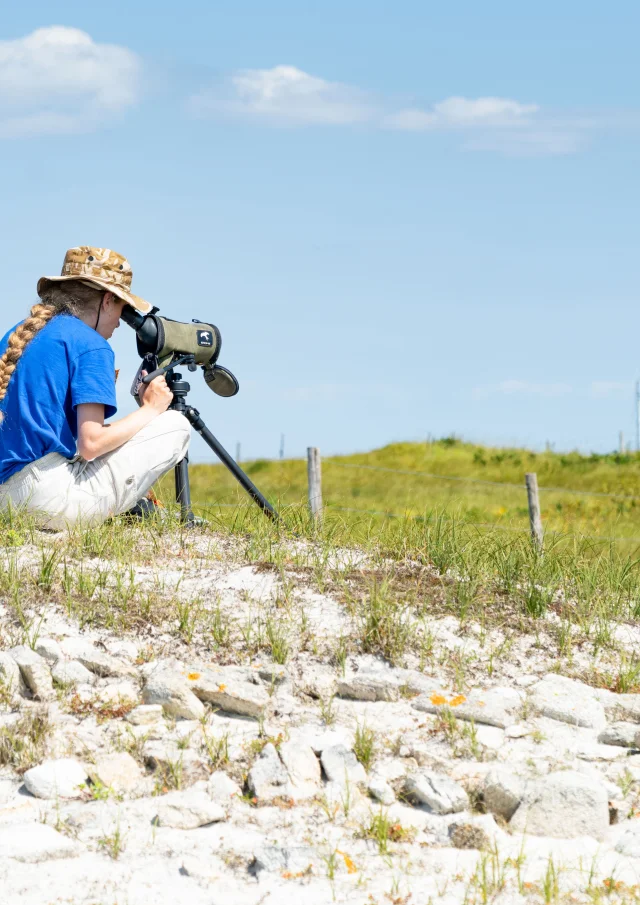 2025 0617 Bretagne Finistere Lesglenan Dsc00214 Rle
2025 0617 Bretagne Finistere Lesglenan Dsc00214 Rle 2025 0617 Bretagne Finistere Lesglenan Dsc00640 Rle
2025 0617 Bretagne Finistere Lesglenan Dsc00640 Rle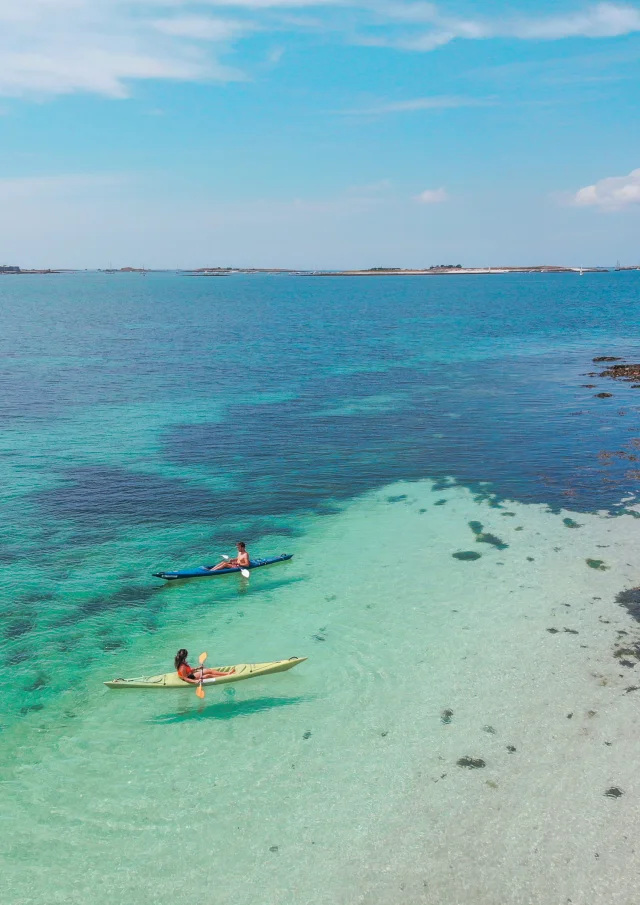 Les Glenan Riviera Bretonne Amoureux Du Monde 2018 6
Les Glenan Riviera Bretonne Amoureux Du Monde 2018 6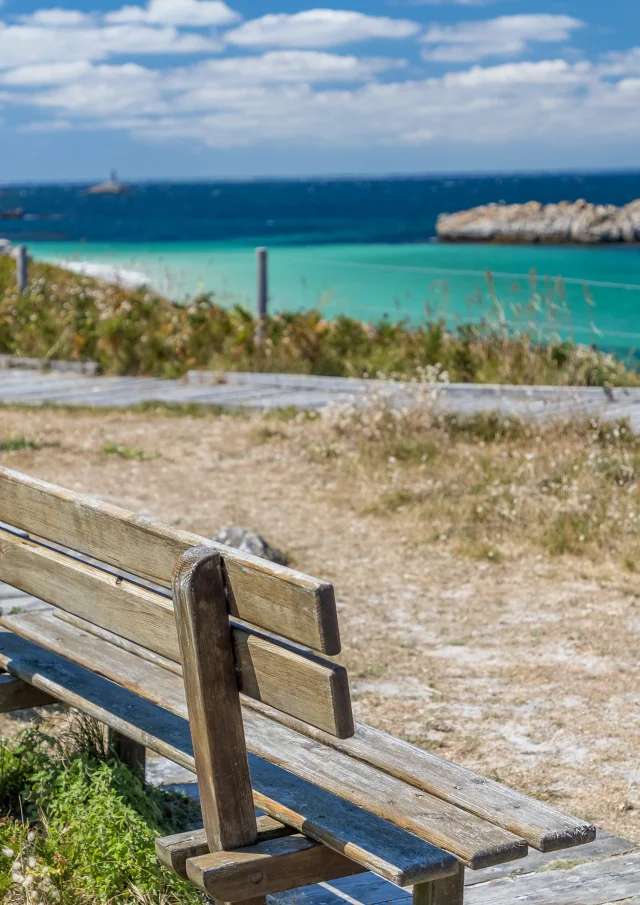 1dx 1652
1dx 1652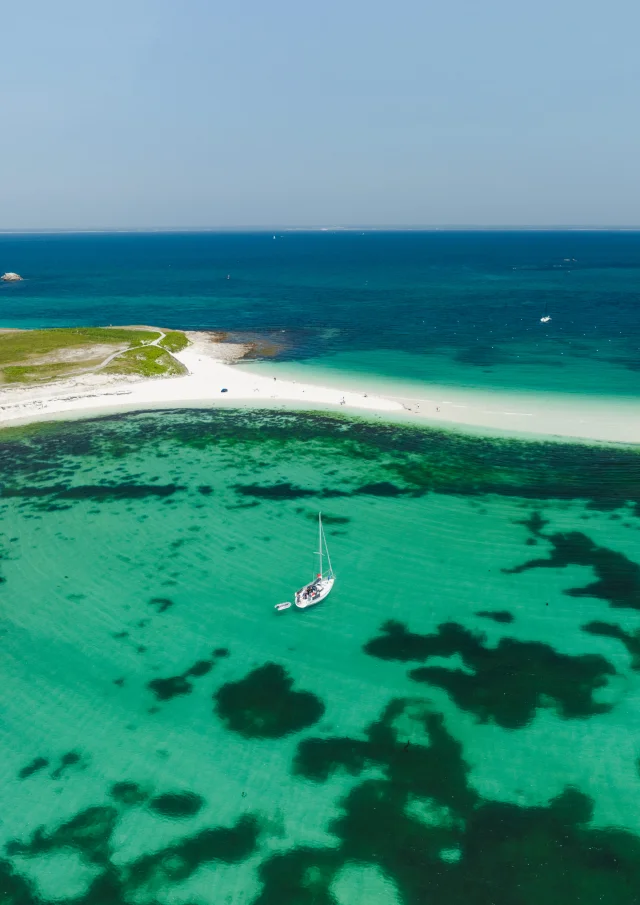 115 The Glenan Archipelago May 23 Hd
115 The Glenan Archipelago May 23 Hd

